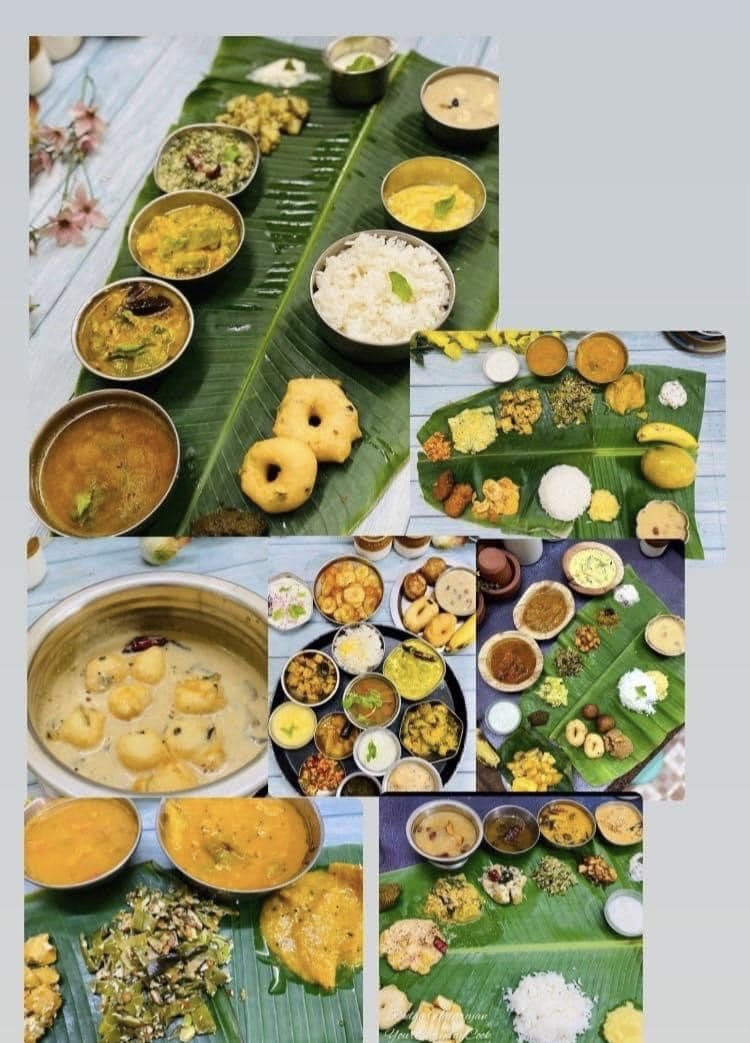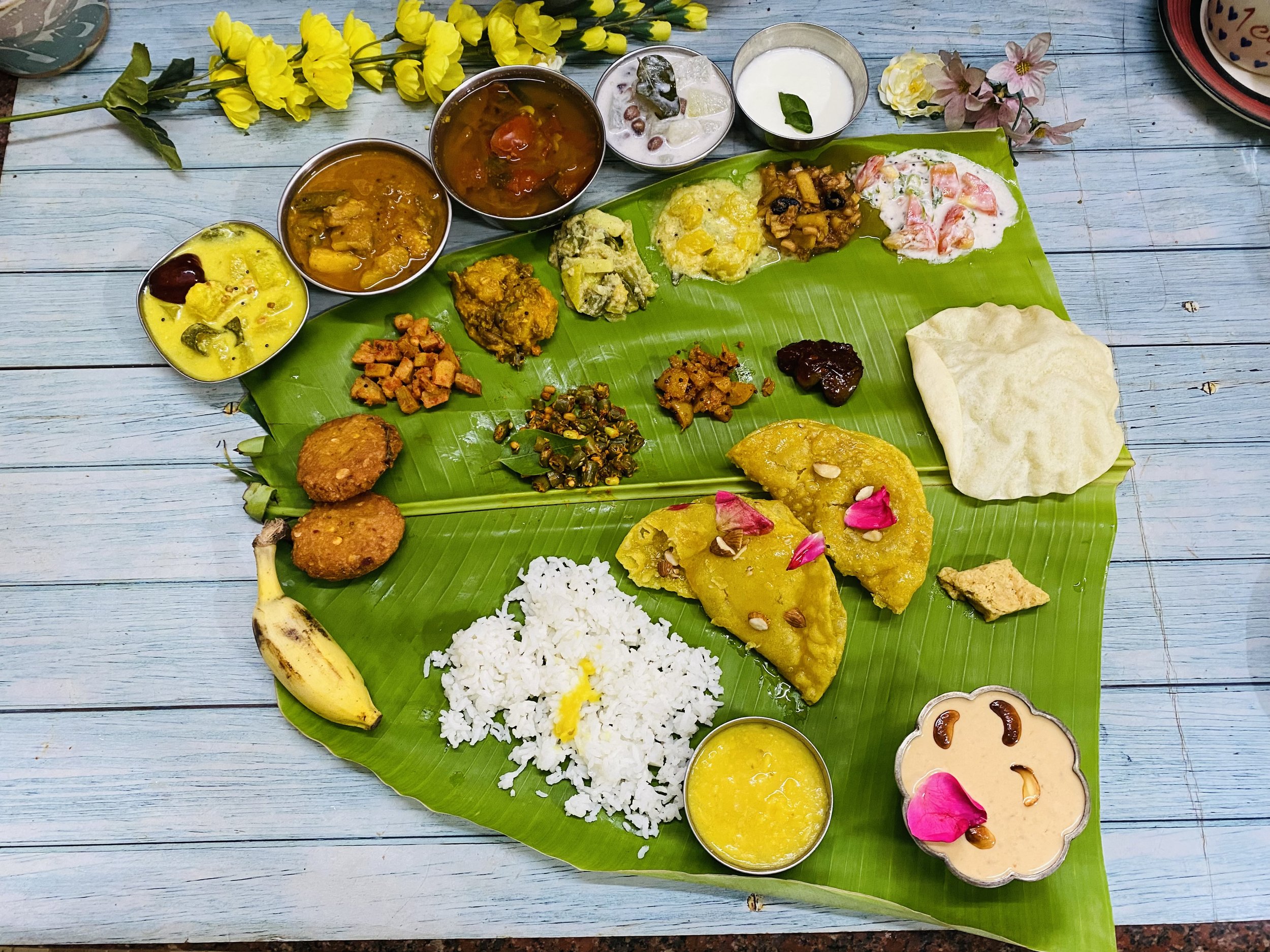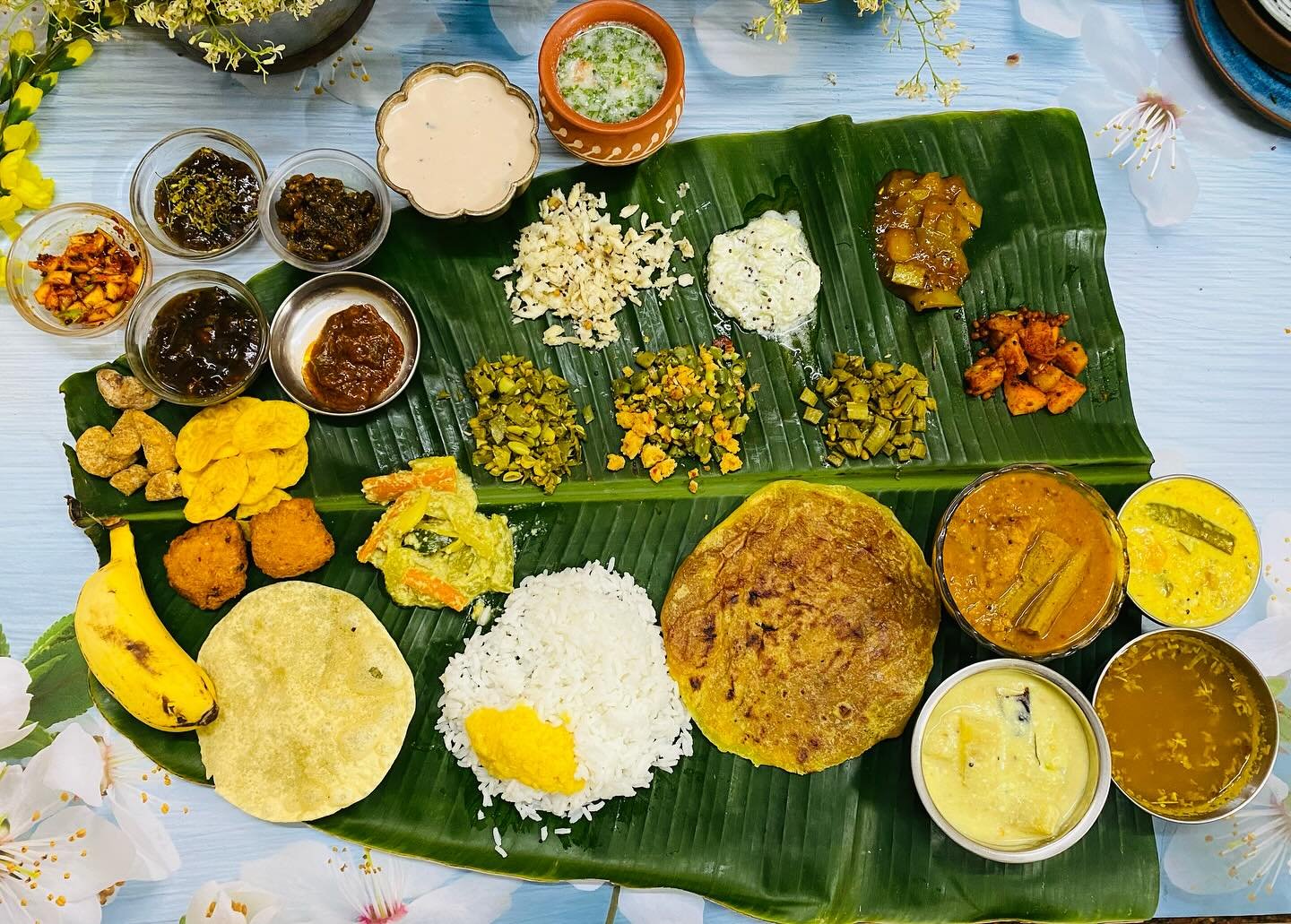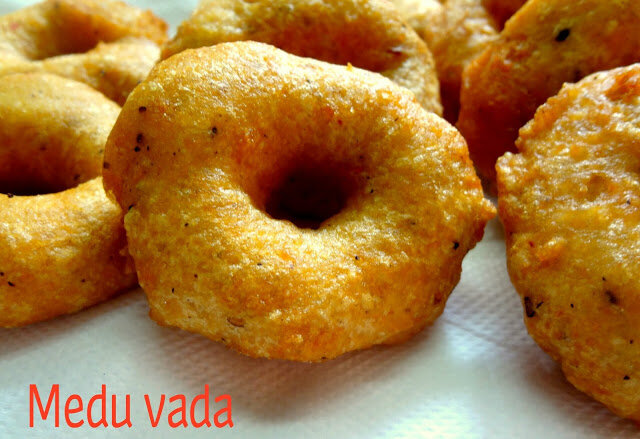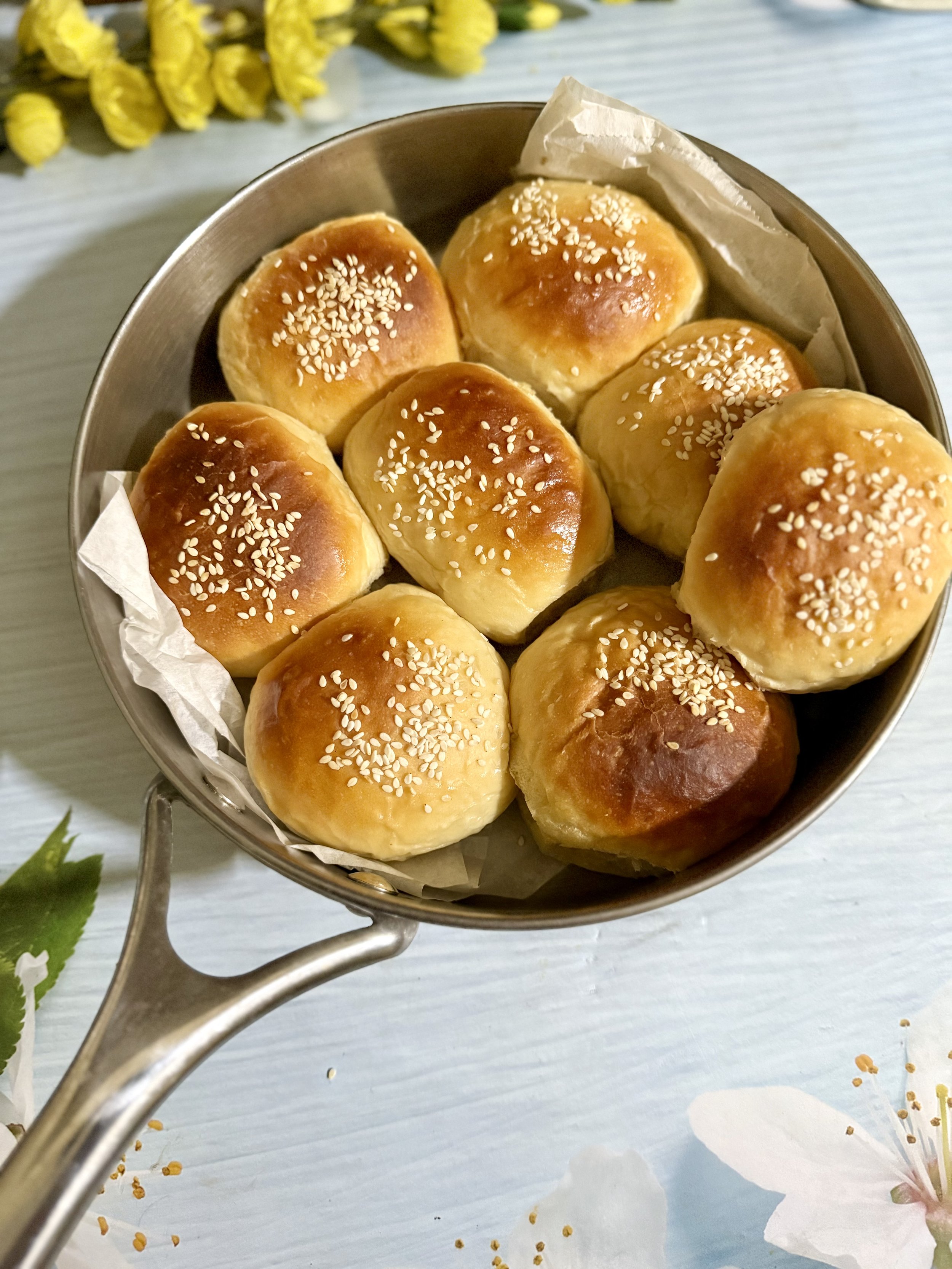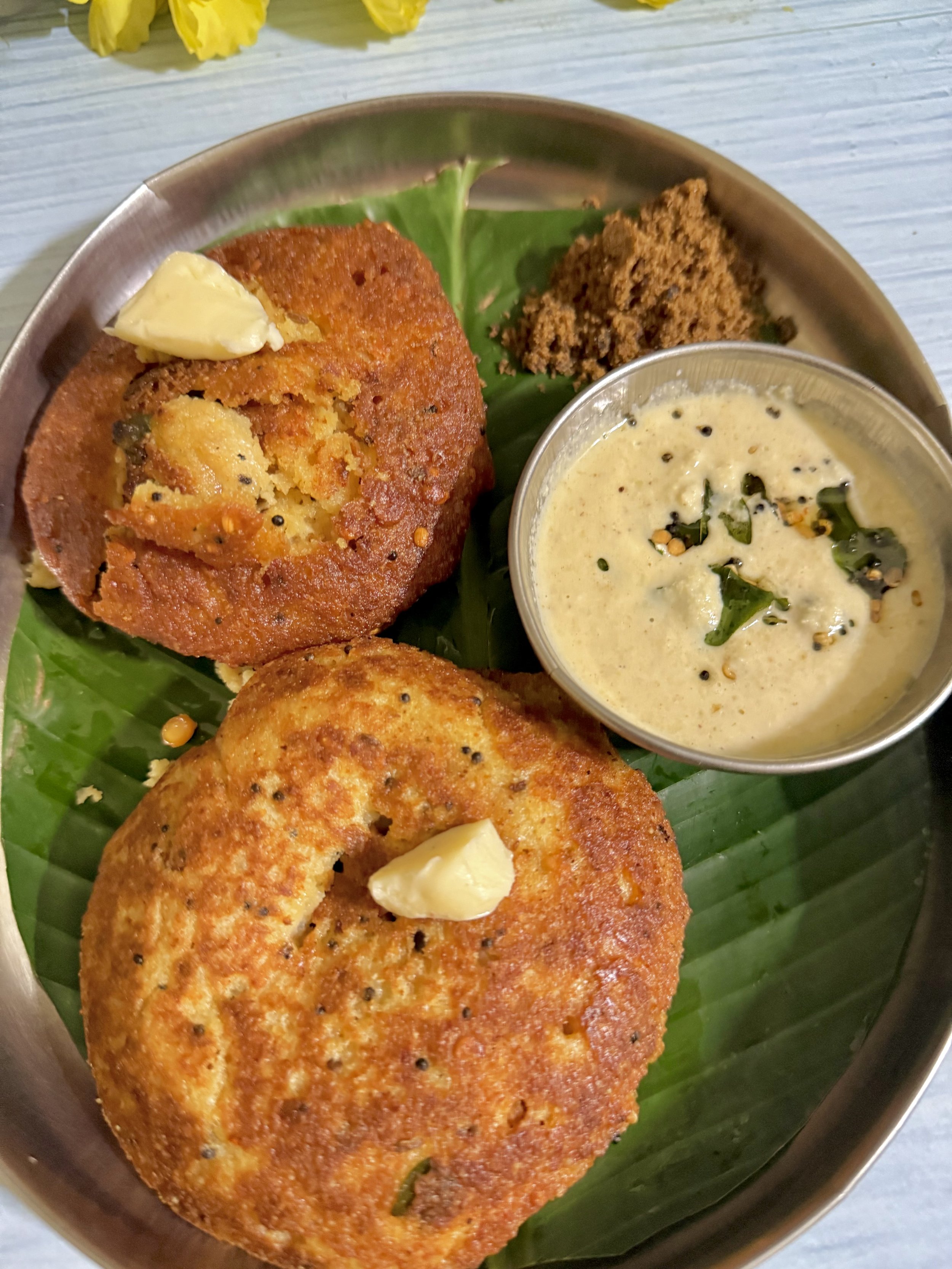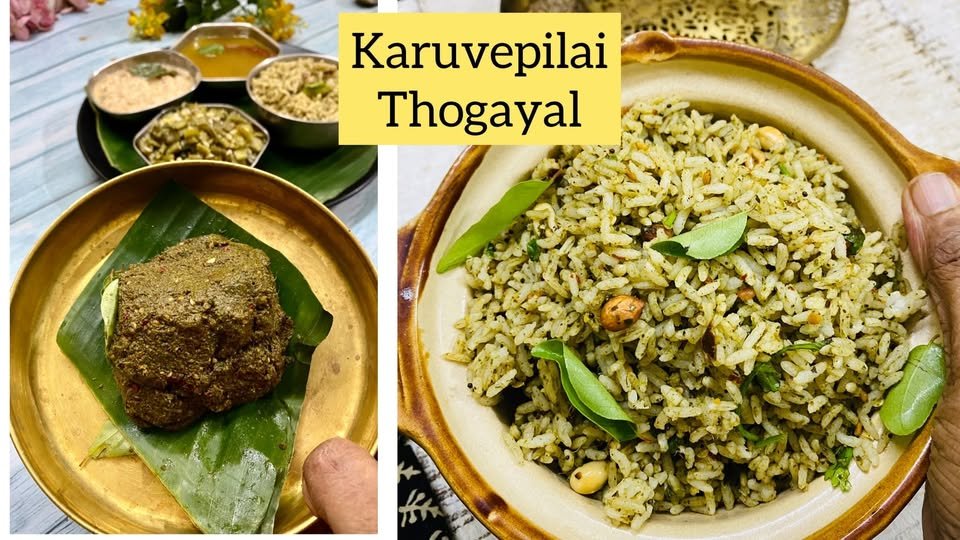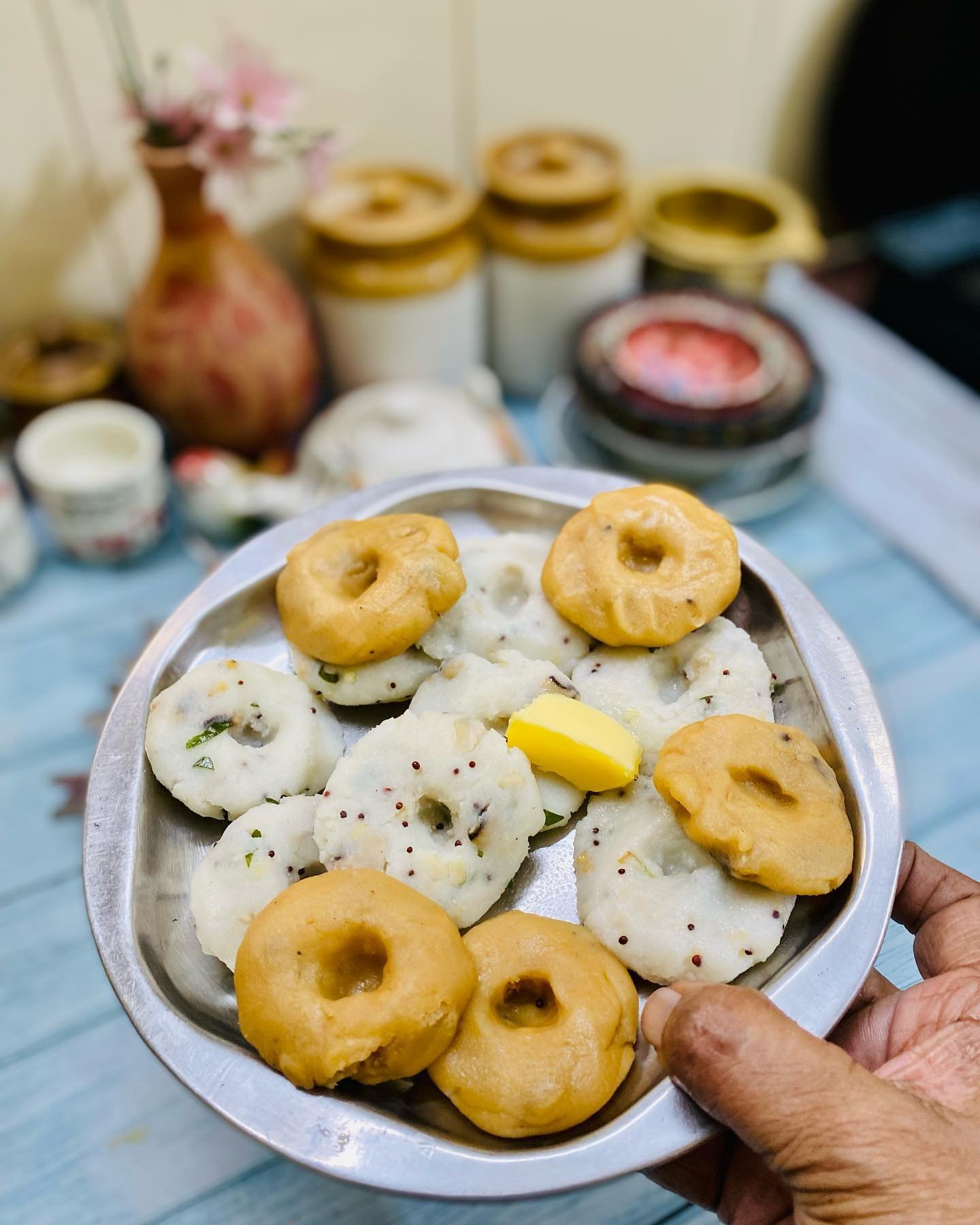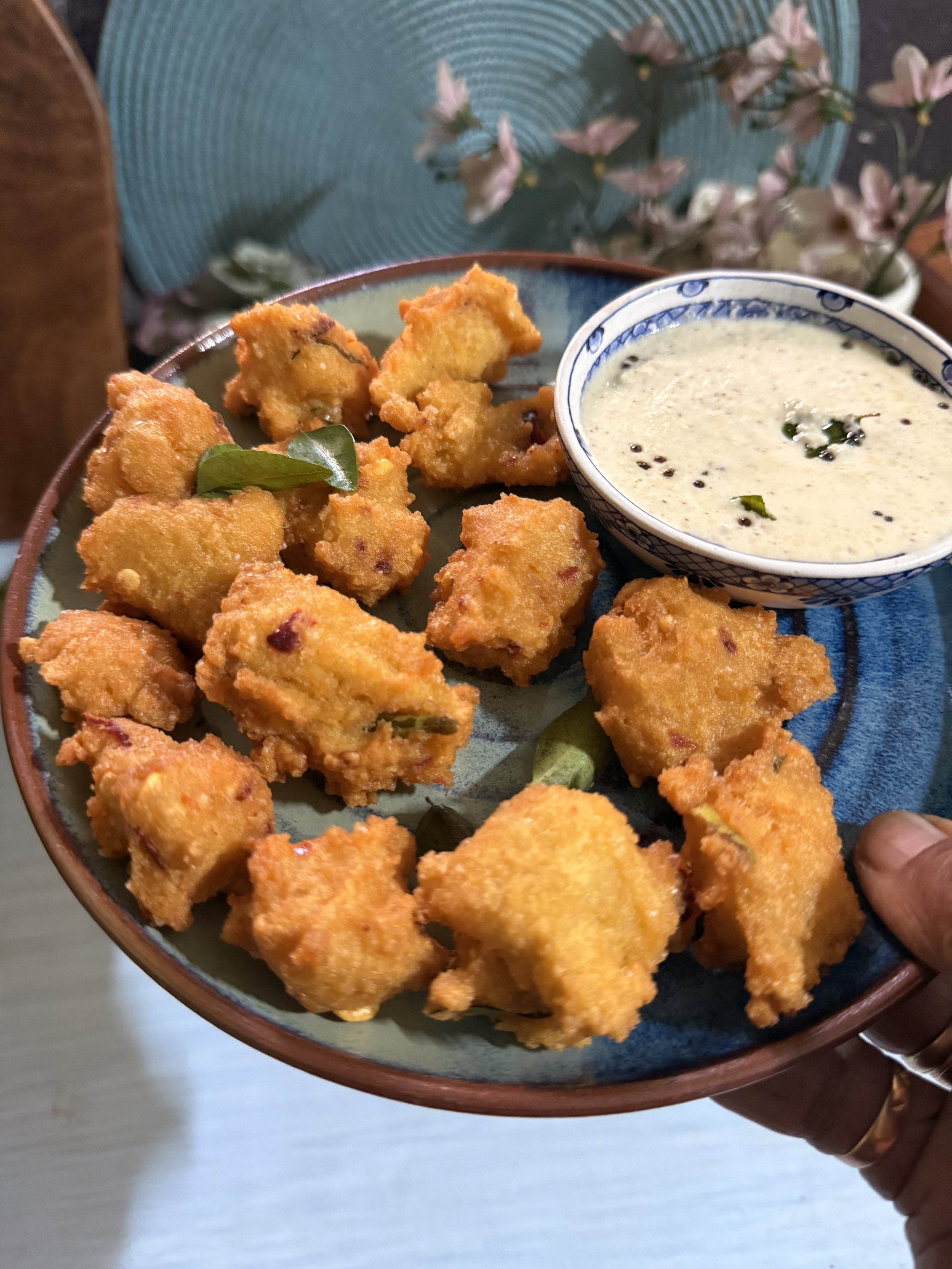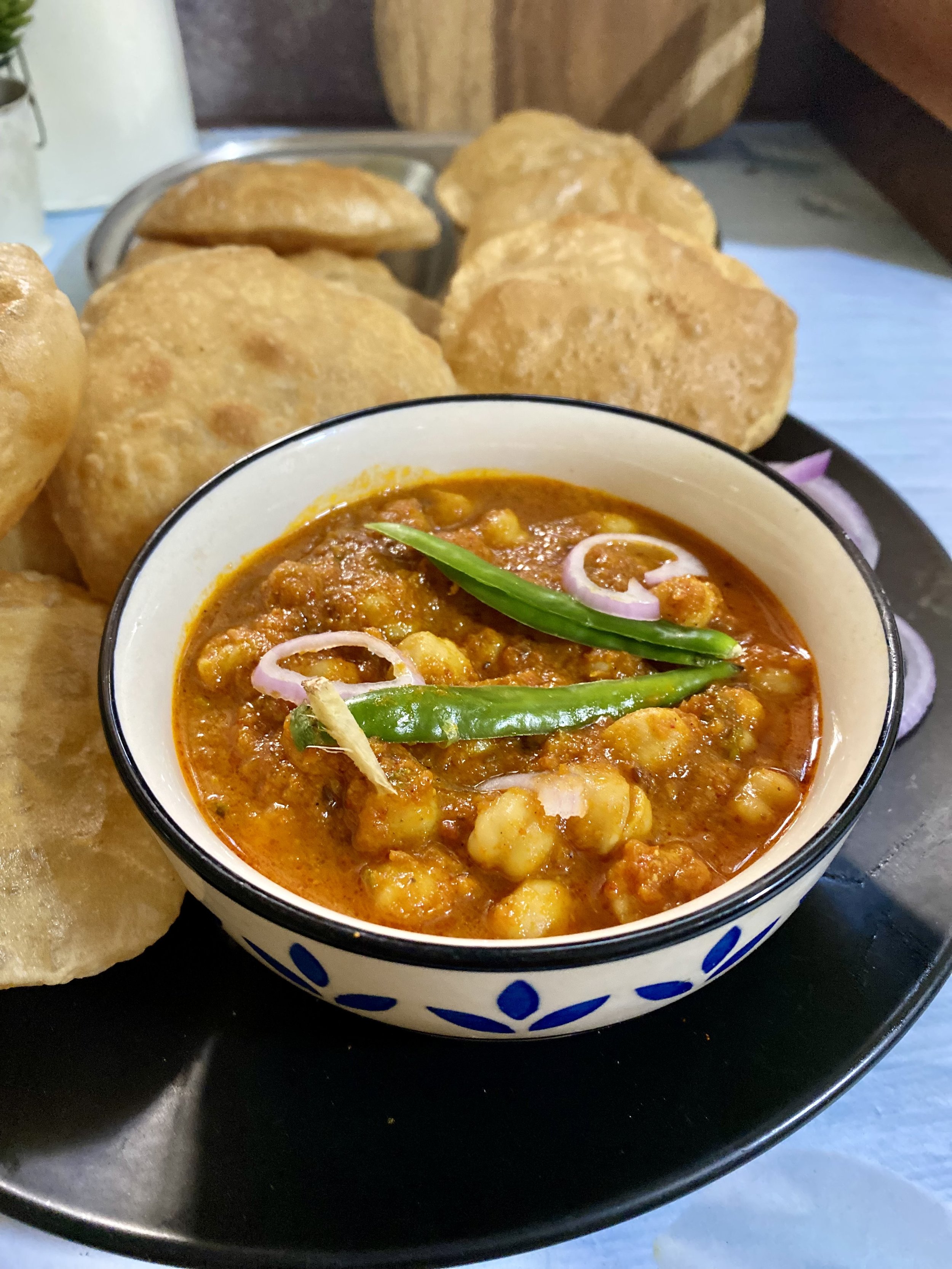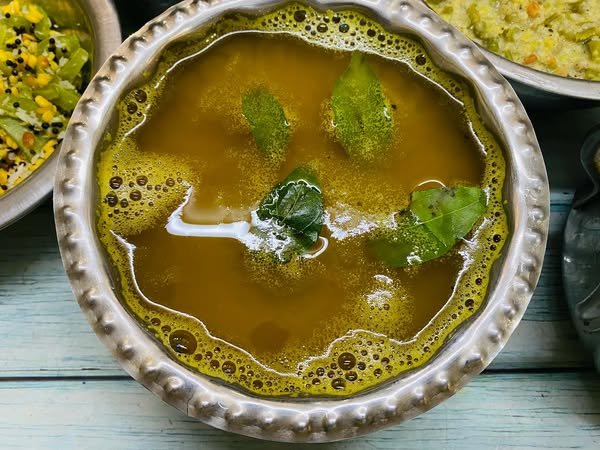Navarathri Golu
Golu
Golu
Golu
Golu
Golu
Golu
Golu
On the very first day of Navratri, Goddess Durga is invoked into a Kalash with full Vedic rituals along with chanting of Mantras. The invocation and dwelling of Goddess Durga into the Kalash is known as Ghatasthapana or Kalashsthapana and is done at an appropriate time .
Golu:
In South India, Goddess Durga is worshipped during the first three days.
Goddess Lakshmi is worshipped during the next three days
Goddess Saraswathi is worshipped during the last three days.
The Navratri commences on the first day (pratipada) of the bright fortnight of the lunar month of Ashwin. The festival is celebrated for nine nights once every year during the beginning of October, although as the dates of the festival are determined according to the lunar calendar, the festival may be held for a day more or a day less.
Golu is a famous South-Indian festival along with the Vijayadashami or Navaratri pooja of Bengal and rest of North India. The custom of keeping kolu is mainly followed in Tamil Nadu and Andhra Pradesh. ... Kolu is the way in which dolls representing deities, mythological events and even our day-to-day lives is put on display. Kolu steps begin with the kalasa puja.
It is celebrated each year in Tamilnadu, Andhra, Telangana and Karnataka and wherever people from these Indian states are living.
It is called Bommai Kolu in Tamil, Bommala Koluvu in Telugu and Bombe Habba in Kannada, which mean Divine Presence, Court of Toys and Doll Festival respectively.
During this festival, young girls and women enthusiastically display clay-made and wooden decorated dolls, figurines and idols of deities like Saraswati, Lakshmi, Parvati, Shiva, Ganesh, Vishnu, Murugan etc.
They use to depict devotion, important occasions, festivity or court life.
It starts with Ganapathi pooja on the first of the 9–10 days celebrations, followed by Kalash Aawahnam, performed by some elderly person in the family.
It is the followed by building of a rack, normally wooden, with shelves of Kolu or Padi in odd numbers of 3, 5, 7, 9 or 11 of wooden planks.
It is covered with fabric and adorned with various dolls, toys, figurines, with a deity on top, each row telling a story about mythology or about expected events like marriage within the family.
A Kuthuvilakku lamp is lit within a Rangoli. Devotional hymns are chanted.
Wooden figurines of the bride and groom, called Marapacchi Bommai or Pattada Gombe are displayed. It is also gifted to a bride, by her parents, during wedding.
It symbolises prosperity and fertility. It is passed on from one generation to another.
Kolu is also related to agriculture and handicrafts. It is an important occasion for socialising. People visit their relatives and friends.
Nine days of spiritual fervour
Purattasi Navaratri or Sharadha Navaratri represents the nine-day battle of Goddess Shakti with the demon king Mahishasura. The festival ends on Vijayadasami, the 10th day, with the victory of the goddess over the demon king. And with the victory of the goddess, the nine-day festivities becomes the celebration of women across all age groups, and their empowerment.
Howtoset up the Golu
Design the Steps such that The Bottom most Step should have Non-living Things. The Second Step should be Living Creatures. Next is Mammals and Birds like Cow or Peacock. Next is Humans like Dancers and Musicians. The Topmost Step should be God.
The dolls are arranged on odd number of steps and the bottom-most tier of the arrangement displays the figurines of human beings. Dolls of the Chettiyar couple trading sugar and pulses depicts the human activities and they are flanked by the settings of village or city life, and a marriage scene, on the same step. The presence of the Chettiyar, the traders’ community, dolls symbolises the significance of trade.
Dolls of saints and sages revered in the Hindu religion occupy the above few steps while the topmost of the steps are occupied by gods and goddesses. The kalash or kalasam is kept in the middle as it denotes devotion, which is considered to be the centre point.
It is a traditional practice to have wooden figurines of the bride and groom together, called 'Marapacchi Bommai' or 'Pattada Gombe', usually made of sandalwood, teak or rosewood or dried coconut and decorated with new clothes each year before being displayed on the Kolu. In southern India, bride is presented with 'Marapacchi Bommai' during the wedding by her parents as part of wedding trousseau to initiate the yearly tradition of 'Navaratri Golu' in her new home with her husband. These dolls come as couples dressed in their wedding attire, depicting husband and wife symbolizing prosperity and fertility and the start of the bride's Gollu collection. Display figurines are passed on from one generation to another as heirloom
The different Golu themes also lend an interesting and insightful spin to the tradition. From epics like the Ramayana and the Mahabharata to the 10 incarnations of Lord Vishnu, the themes have immense scope for creativity and innovation.
Bommai Kolu in means Divine Presence. Bommala Koluvu means Court of Toys and Bombe Habba means Doll Festival in Kannada. It is a part of the annual Dasara-Vijayadasami Hindu festival where young girls and women display dolls, figurine, court life, everyday scenes along with the divine presence of the Goddesses Saraswati, Parvati and Laxmi in the Tamil, Kannada and Telugu households during Navaratri or The Nine nights.
In which direction should we keep Golu Padi?
The most important process in setting up the Golu is the assembling of the padi or steps,it has to be kept in the right direction facing East ,also once the steps and Golu are set up,we cannot make changes or touch them, so a dedictaed corner needs to be planned, in advance according to size of the room and the house .The steps or Padi are kept in odd nos only such as 3 , 5 or 7 and so on .
On the first day of Navaratri, following Ganapathi puja, a welcoming ritual is performed for goddesses Saraswati, Parvati and Lakshmi by Hindu ritual called Kalasa Ahvanam which is performed by an elderly male or female of the family on the day of amavasya at an auspicious time.
This is then followed by building a rack of odd-numbered shelves of Kolu (or Padi) (usually 3, 5, 7, 9, or 11), set up using wooden planks. After the Kolu has been covered with fabric it is then adorned with various dolls, figurines and toys according to their size, with the deities at the top.
The Kolu is predominantly displayed with depictions from Hindu mythological Puranas text, court life, royal procession, ratha yatra, weddings, everyday scenes, miniature kitchen utensils, anything a little girl would have played with. .
In old Mysore area 'Pattada Gombe' is also believed to be a tribute to the Wodeyars the benevolent and progressive monarchs who ruled of the region for around 600 years.
In the evenings, women within the neighborhood invite each other to visit their homes to view the Kolu displays; they also exchange gifts and sweets. A Kuthuvilakku lamp is lit, in the middle of a decorated Rangoli, while devotional hymns and shlokas are chanted.
After performing the puja, the food items that have been prepared are offered to the Goddess and then to the guests.
On the 9th day Saraswati Puja, special pujas are offered to goddess Saraswati, the divine source of wisdom and enlightenment. Books and musical instruments are placed in the puja and worshipped as a source of knowledge.
Vehicles are also cleaned and pooja performed by decorating the vehicles. All tools of trade are kept in the pooja , childrens books, small instruments, kitchen tools, working tools , everything is kept in pooja .Scissors, knives and small tools are also kept .
The Godess is decked in a beautiful saree and blouse with jewels and pooja performed. Flowers are offerd to the Godess and also placed on all tols of trade and instruments . sandal paste is applied to all these objects kept for pooja .
The 10th day, Vijayadasami, is the most auspicious day of all. It is also the beginning of new education for young ones, starting their school, new classes, as it is auspicious day to begin anything to do with acquring knowledge.
All the books kept in pooja will be removed after doing a pooja before removal , then children are asked to spend time studying for a while on this day .
It was the day on which evil was finally destroyed by good. It marks a new and prosperous beginning. Later, on the evening of Vijayadasami, one of the doll from the display is symbolically put to sleep, and the Kalasa is moved a bit towards North to mark the end of that year's Navaratri golu.
Prayers are offered to thank the Lord for the successful completion of that year's Kolu and with hope of a successful one the next year.
Then the Kolu is dismantled and packed up for the next year.
Kolu also has a significant connection with the agricultural and handicrafts professions in India. Besides the economic aspect of the festival, it is an important occasion for socializing. During this season relatives and friends in south India make it a point to visit each other's homes. This is also a very important occasion that promotes creative expression for women and for the family to work together on an aesthetic aspec
In which direction should we keep Golu Padi?
The most important process in setting up the Golu is the assembling of the padi or steps,it has to be kept in the right direction facing East ,also once the steps and Golu are set up,we cannot make changes or touch them, so a dedictaed corner needs to be planned, in advance according to size of the room and the house .The steps or Padi are kept in odd nos only such as 3 , 5 or 7 and so on .
Devi Saraswati
How to place Golu dolls?
Before the Golu begins it is wise to sow the seeds of some grains in advance for the payir , as it is all about fertility ,the grains such as wheat, ragi,barley are sown and allowed to sprout . This is called Mula payir in Tamil.
It is all about praying and respecting the Gods for a good harvests and a thanksgiving .
After this, next the placement of the Kalasam is decided , according to family practices, the kalasam has coconut,mango leaves, rice and turmeric . usually kalasam is placed on the day of Mahalaya Amavasai itself .
The Kalasam is placed on the first padi of the Golu or as decided by the leders according to ones custom.
Usually the Marapachi bommai is kept along side with Godess Durga the prominent Godess in the Golu .
The other steps have Gods , such as Durga, Saraswati, Ganesha, Murugan, Parvati, Raja Rajeswari, Lalithambikai and various forms of Shakti, all women Gods ,Venkateshwara, Subramanyya, Karthikeyan, Ramar, Sita, Lakshmana, Hanumar, The Dasaavataar set , Krishna, Balamurugan.
This is followed by lower beings, saints , heroes of the nation , significant people , and below will be the traders set displayed, the market place, namely the Chettiyar family with thier wares of grains fruits and vegetable vendors, and all small traders , animals , birds and beasts ..
One should draw rangoli every day before the Golu Padi, or you can place different Golu stickers. Lighting lamps beside the Golu padi and performing aarti after offering neivedyam is a must if you keep Golu at home continuing the traditions. Shlokam invoking the Devi s grace and blessings is a must if Golu is kept in the house, usually all Devi stotrams will be chanted, some neivediyam will be prepared according to the day .
In the evening sundal will be offered to visitors who are invited to view the Golu along with a return gift and thamboolam of betel leaves, arecanut, turmeric , and kum kum along with small gifts , a blouse piece or saree if it is a practice . and a packet of sundal .
This should be followed every evening till the last day of Golu .
How to remove Golu dolls after the Golu or the tenth day .
It has to be done properly , at the right auspicious time by removing the kalasam first . . then one or more Golu bommai is put to rest on a sleeping position to signify the end of the festival. After that next day we can remove all then bommai anbd pack carefully for the next year .
You will have to remember the following points before removing Golu dolls.
Do not start removing Golu on the day of Vijayadashami.
The evening is not the best time to remove the Golu.
Offer naivedyam and aarti in the evening before displacing the Kalasham later in the night.
Remember to move the Kalasham towards the north direction.
Tuesdays and Fridays are inauspicious to remove Golu from the Golu Padi. If the tenth day is a Friday or Tuesday, offer neivedyam in the morning and put one doll in the lying down position till afternoon. You can then remove the Golu in the evening and dismantle the steps in the evening.
If your kalasam has water, sprinkle the water on family members and around the house, since it is energized water. You can pour the remaining water into a Tulasi pot or other trees. Do not drain it in a sink or bathroom.
If you have filled your kalasam with rice, you can use the same to prepare sweet dishes like pal payasam or sweet Pongal. Use the grains and mulparai sprouts in the day to day cooking.




















